The jets are expected to be delivered around three years after the contract is signed.
India is starting formal talks with France this week to buy 26 Rafale-Marine fighter jets, a deal worth over Rs 50,000 crore. The Navy wants these high-speed jets quickly for its two aircraft carriers because of the growing Chinese presence in the Indian Ocean.
Of the 26 Rafale-M fighters, the purchase includes 22 single-seat jets and four twin-seat trainers. This deal also covers associated equipment, weapons, simulators, spare parts, crew training, and logistic support. The jets are expected to be delivered around three years after the contract is signed.
A group of officials from the French government, aircraft maker Dassault, and weapon systems company Thales, among others, will arrive on May 30. They are coming for discussions with the contract negotiation committee set up by the Indian Defense Ministry.
The Navy currently has 40 out of the 45 MiG-29K/KUB jets it bought from Russia for $2 billion since 2009. These jets are used on its two aircraft carriers: the older INS Vikramaditya from Russia and the new, locally-built INS Vikrant. However, the MiG-29K jets have faced many issues, including poor maintenance over the years.
Additionally, the MiG-29K/KUB fleet has had significant maintenance issues, with many jets needing repairs after each deck landing due to damage to their on-board components. The Indian Navy has also complained that Russia failed to include all the agreed-upon features in the MiG-29Ks.
The INS Vikramaditya, a 45,000-ton aircraft carrier, can hold up to 20 MiG-29K fighters. The INS Vikrant, a 40,000-ton aircraft carrier, can accommodate 18 MiG-29K fighters.
Senior Indian Navy officials have stated that the Rafale-M jets are being brought in as a temporary solution. Over time, they will be supplemented and eventually replaced by the new, locally-developed twin-engine deck-based fighter (TEDBF), also called the light combat aircraft (Navy).
The Indian Navy is hopeful that the prototype of the TEDBF, being developed by the Aeronautical Development Agency and Hindustan Aeronautics Limited, will be ready by 2026. They expect mass production to start by 2032. However, delays are common in such ambitious domestic projects.
The Rafale-M was chosen partly due to its many similarities with the 36 Rafale fighters already used by the Indian Air Force (IAF). Back in September 2016, India signed a deal with France to purchase these 36 Rafale jets for about 59,000 crore rupees. Dassault, the manufacturer of the Rafale jets, has also established a maintenance and training facility in Ambala. This facility can support the navy's new Rafale-M jets, helping to lower costs and speed up their deployment. Moreover, the Rafale and Rafale-M jets, both made in France, are very similar, sharing over 80% of their parts.
Although both Rafale models are identical in many respects, the maritime version has a longer, more reinforced nose and a strengthened undercarriage. Both versions are multirole fighter jets.
The Rafale M has several special modifications to make it suitable for aircraft carrier operations:
- Reinforced Undercarriage: This helps it handle the stress of landing on a carrier deck.
- Tail Hook: Used for arresting landings.
- Jump Strut Nosewheel: This wheel extends only during short takeoffs, including catapult launches.
- Built-in Ladder: Provides access to the cockpit from the carrier deck.
- Carrier-Based Microwave Landing System: Assists in landing on the carrier.
- New Fin-Tip Telemir System: Syncs the inertial navigation system with external equipment.
Additionally, the Rafale M is slightly heavier than the standard Rafale because of these added modifications.
Other differences include:
- Radar System: The Rafale M uses the Thales RBE2-M radar, optimized for maritime operations.
- Electronic Warfare Suite: It features the Thales SPECTRA system, also tailored for maritime use.
- Weapon Compatibility: The Rafale M can carry a wider variety of weapons, including anti-ship missiles and air-to-surface missiles.
How does Rafale compare to other fighter jets?
The Rafale is a twin-engine fighter jet with versions that can operate from both land bases and aircraft carriers.
Proven in Combat: According to Dassault Aviation, the Rafale has proven its effectiveness in combat situations in Afghanistan, Libya, Mali, Iraq, and Syria.
Advanced Technology: The Rafale is equipped with advanced avionics, radars, and weapon systems. It surpasses the capabilities of Pakistan's F-16s and even China's JF-20, a 5th generation stealth aircraft.
Smart Sensors: The Rafale features a range of smart and discrete sensors. Key among them is the Active Electronically Scanned Array (AESA) radar, which is essential for any 4.5 generation combat jet. This radar improves situational awareness by detecting and tracking multiple targets earlier than older mechanical scanning radars.
Long Range and Powerful Weapons: The Rafale has a range of 3,700 km and is armed with advanced weapons. These include the Meteor beyond visual range air-to-air missile, the Scalp cruise missile, and the MICA weapons system, all made by the European missile manufacturer MBDA.
Disclaimer: The views expressed in the article are solely those of the author.
(The author is a Defence, Aerospace & Political Analyst based in Bengaluru. He is also Director of ADD Engineering Components, India, Pvt. Ltd, a subsidiary of ADD Engineering GmbH, Germany.)
![submenu-img]() India's first horror comedy came years before Stree, Bhediya, Bhool Bhulaiyaa; had no hero, Akshay Kumar borrowed its...
India's first horror comedy came years before Stree, Bhediya, Bhool Bhulaiyaa; had no hero, Akshay Kumar borrowed its...![submenu-img]() Weather Update: IMD predicts extremely heavy rain in this state, light to moderate rain in these states; check forecast
Weather Update: IMD predicts extremely heavy rain in this state, light to moderate rain in these states; check forecast![submenu-img]() Meet India's box office king, only star with 8 consecutive 200-crore hits, bigger than Shah Rukh, Salman, Rajni, Prabhas
Meet India's box office king, only star with 8 consecutive 200-crore hits, bigger than Shah Rukh, Salman, Rajni, Prabhas![submenu-img]() Jeff Bezos' fiancee Lauren Sanchez reveals surprising morning rule, says, 'Just us...'
Jeff Bezos' fiancee Lauren Sanchez reveals surprising morning rule, says, 'Just us...'![submenu-img]() Fast & Furious star Tyrese Gibson arrested in Georgia, details inside
Fast & Furious star Tyrese Gibson arrested in Georgia, details inside![submenu-img]() 'जिस अधिकारी को हटाने की हो रही मांग, उसी का आया मेल', डॉक्टरों ने ठुकराया CM ममता का प्रस्ताव
'जिस अधिकारी को हटाने की हो रही मांग, उसी का आया मेल', डॉक्टरों ने ठुकराया CM ममता का प्रस्ताव![submenu-img]() PM Modi और CM Yogi का ग्रेटर नोएडा दौरा, Traffic Advisory जारी, जान लें अपने रूट का हाल
PM Modi और CM Yogi का ग्रेटर नोएडा दौरा, Traffic Advisory जारी, जान लें अपने रूट का हाल![submenu-img]() Russia Ukraine War पर बोले विदेश मंत्री एस. जयशंकर, 'भारत मदद के लिए तैयार, लेकिन बातचीत शुरू हो'
Russia Ukraine War पर बोले विदेश मंत्री एस. जयशंकर, 'भारत मदद के लिए तैयार, लेकिन बातचीत शुरू हो'![submenu-img]() Chhattisgarh News: बल्ब जलाने को लेकर हुआ झगड़ा, पत्नी ने डंडे से पीटकर पति को मौत के घाट उतारा
Chhattisgarh News: बल्ब जलाने को लेकर हुआ झगड़ा, पत्नी ने डंडे से पीटकर पति को मौत के घाट उतारा ![submenu-img]() Manipur Violence: मणिपुर में स्थिति बिगड़ी, RAF को बुलाया गया, 15 सितंबर तक के लिए इंटरनेट बंद
Manipur Violence: मणिपुर में स्थिति बिगड़ी, RAF को बुलाया गया, 15 सितंबर तक के लिए इंटरनेट बंद![submenu-img]() Auto giant gifts Olympic medallist Manu Bhaker this car, it costs Rs...
Auto giant gifts Olympic medallist Manu Bhaker this car, it costs Rs...![submenu-img]() Union Minister Nitin Gadkari says this big carmaker ignored his advice on EVs, 'now they've…'
Union Minister Nitin Gadkari says this big carmaker ignored his advice on EVs, 'now they've…'![submenu-img]() Tata Safari, rival to Hyundai Alcazar Facelift gets massive discount, save up to Rs…
Tata Safari, rival to Hyundai Alcazar Facelift gets massive discount, save up to Rs…![submenu-img]() Hyundai Alcazar facelift launched in India: Check price, design and other features
Hyundai Alcazar facelift launched in India: Check price, design and other features![submenu-img]() Jawa 42 FJ vs Royal Enfield Classic 350: Price, engine, specs compared
Jawa 42 FJ vs Royal Enfield Classic 350: Price, engine, specs compared ![submenu-img]() Meet man, who cracked UPSC twice, has 20 degrees, resigned as IAS officer due to...
Meet man, who cracked UPSC twice, has 20 degrees, resigned as IAS officer due to...![submenu-img]() Meet woman, daughter of widow labourer who cleared UPSC twice, became IPS at 21, IAS at 22, she is famous as India’s...
Meet woman, daughter of widow labourer who cleared UPSC twice, became IPS at 21, IAS at 22, she is famous as India’s...![submenu-img]() Meet Indian genius, son of IIT-JEE topper, who won gold at world’s toughest...
Meet Indian genius, son of IIT-JEE topper, who won gold at world’s toughest...![submenu-img]() AIAPGET 2024: Counselling registration starts today, check details here
AIAPGET 2024: Counselling registration starts today, check details here![submenu-img]() Meet woman who topped class 10, 12, CLAT, law school, cleared UPSC in 1st try, got AIR 60 with self-study, now posted...
Meet woman who topped class 10, 12, CLAT, law school, cleared UPSC in 1st try, got AIR 60 with self-study, now posted...![submenu-img]() Manipur Violence: Curfew Imposed In Three Manipur Districts Amid Drone, Rocket Attacks By Insurgents
Manipur Violence: Curfew Imposed In Three Manipur Districts Amid Drone, Rocket Attacks By Insurgents![submenu-img]() Kolkata Doctor Case: Victim's Mother Blasts CM Mamata Banerjee's 'Insensitive' Durga Puja call
Kolkata Doctor Case: Victim's Mother Blasts CM Mamata Banerjee's 'Insensitive' Durga Puja call![submenu-img]() Apple Watch Series 10 Launch: Key Highlights & Specs | All-New Apple Watch Unveiled
Apple Watch Series 10 Launch: Key Highlights & Specs | All-New Apple Watch Unveiled![submenu-img]() Ukraine-Russia War: Airports Shut, One Dead As Ukraine Launches Massive Drone Attack On Moscow
Ukraine-Russia War: Airports Shut, One Dead As Ukraine Launches Massive Drone Attack On Moscow![submenu-img]() Kolkata Doctor Case: 'CM Wanted To Strangle The Protest', Victim’s Mother Rejects CM Mamata's Claim
Kolkata Doctor Case: 'CM Wanted To Strangle The Protest', Victim’s Mother Rejects CM Mamata's Claim![submenu-img]() Mukesh Ambani's Reliance ties up with Israeli company to launch....
Mukesh Ambani's Reliance ties up with Israeli company to launch....![submenu-img]() Auto giant gifts Olympic medallist Manu Bhaker this car, it costs Rs...
Auto giant gifts Olympic medallist Manu Bhaker this car, it costs Rs...![submenu-img]() Meet woman, daughter of an Indian billionaire, she leads Rs 20335 crore company, Mukesh Ambani is her…
Meet woman, daughter of an Indian billionaire, she leads Rs 20335 crore company, Mukesh Ambani is her…![submenu-img]() Meet man, who worked at Mukesh Ambani's company for 5 yrs, resigned to launch Rs 1091 crore...
Meet man, who worked at Mukesh Ambani's company for 5 yrs, resigned to launch Rs 1091 crore...![submenu-img]() Meet man, an IITian, who is richer than Infosys founder Narayana Murthy, Sudha Murthy, his net worth...
Meet man, an IITian, who is richer than Infosys founder Narayana Murthy, Sudha Murthy, his net worth...![submenu-img]() Meet Salman Khan’s ‘sister’, who became star at 10, left Bollywood after giving Rs 400-crore hit, now earns through…
Meet Salman Khan’s ‘sister’, who became star at 10, left Bollywood after giving Rs 400-crore hit, now earns through…![submenu-img]() Rs 4000 crore palace, 8 jets, 700 cars: All about Abu Dhabi royal family
Rs 4000 crore palace, 8 jets, 700 cars: All about Abu Dhabi royal family![submenu-img]() Mukesh Ambani's fitness secret: From morning yoga to simple lunch, here are all details
Mukesh Ambani's fitness secret: From morning yoga to simple lunch, here are all details![submenu-img]() Top Tata Motors cars to buy in India
Top Tata Motors cars to buy in India![submenu-img]() Meet actress, who was linked to superstar, quit Bollywood to marry Pakistani cricketer, got divorced, is now...
Meet actress, who was linked to superstar, quit Bollywood to marry Pakistani cricketer, got divorced, is now...![submenu-img]() Weather Update: IMD predicts extremely heavy rain in this state, light to moderate rain in these states; check forecast
Weather Update: IMD predicts extremely heavy rain in this state, light to moderate rain in these states; check forecast![submenu-img]() J&K terror funding case: Baramulla MP Engineer Rashid gets bail till October 2 due to…
J&K terror funding case: Baramulla MP Engineer Rashid gets bail till October 2 due to…![submenu-img]() RG Kar ex-principal Sandip Ghosh sent to 14-day judicial custody till...
RG Kar ex-principal Sandip Ghosh sent to 14-day judicial custody till...![submenu-img]() Adapting to Climate Challenges: The Role of Systems Engineering in Modern Insurance and Financial Services
Adapting to Climate Challenges: The Role of Systems Engineering in Modern Insurance and Financial Services![submenu-img]() Manipur: Internet suspended in state for 5 days amid students' agitation
Manipur: Internet suspended in state for 5 days amid students' agitation

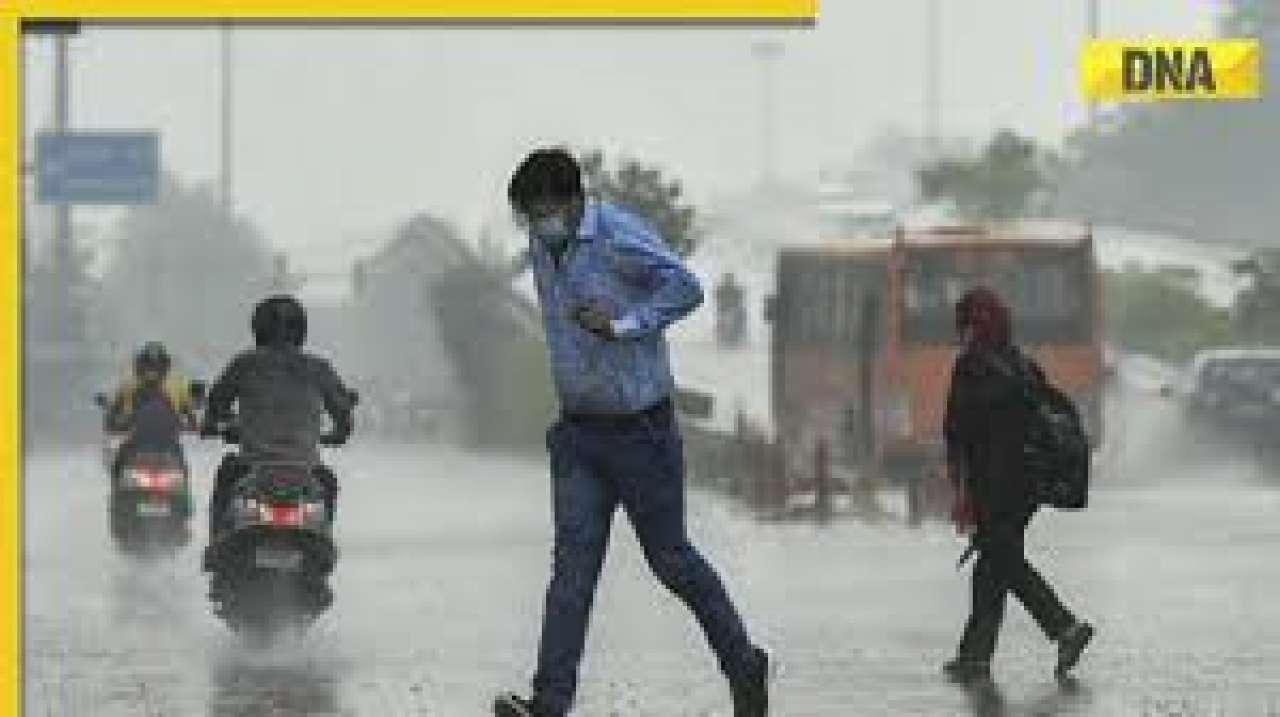
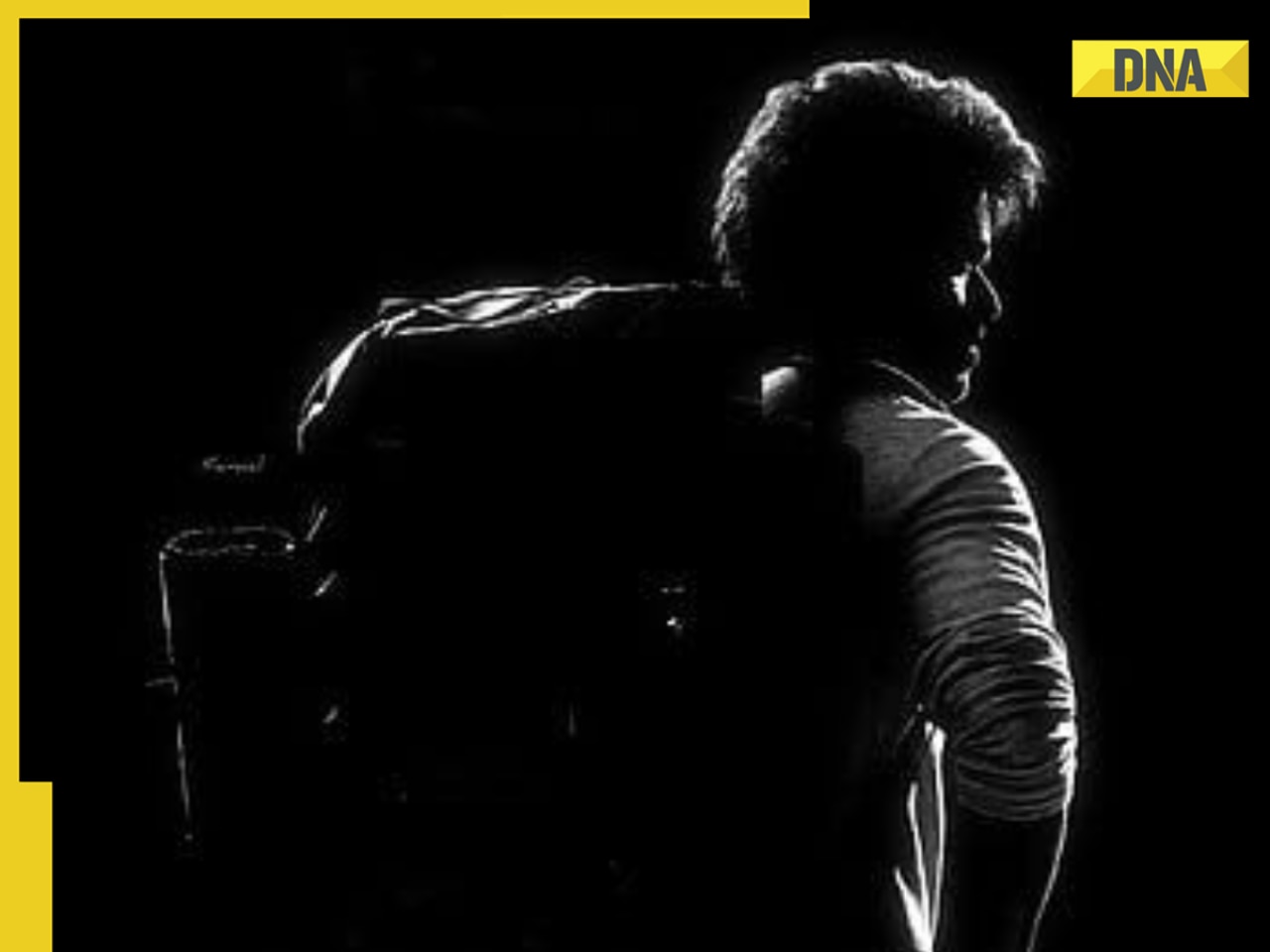









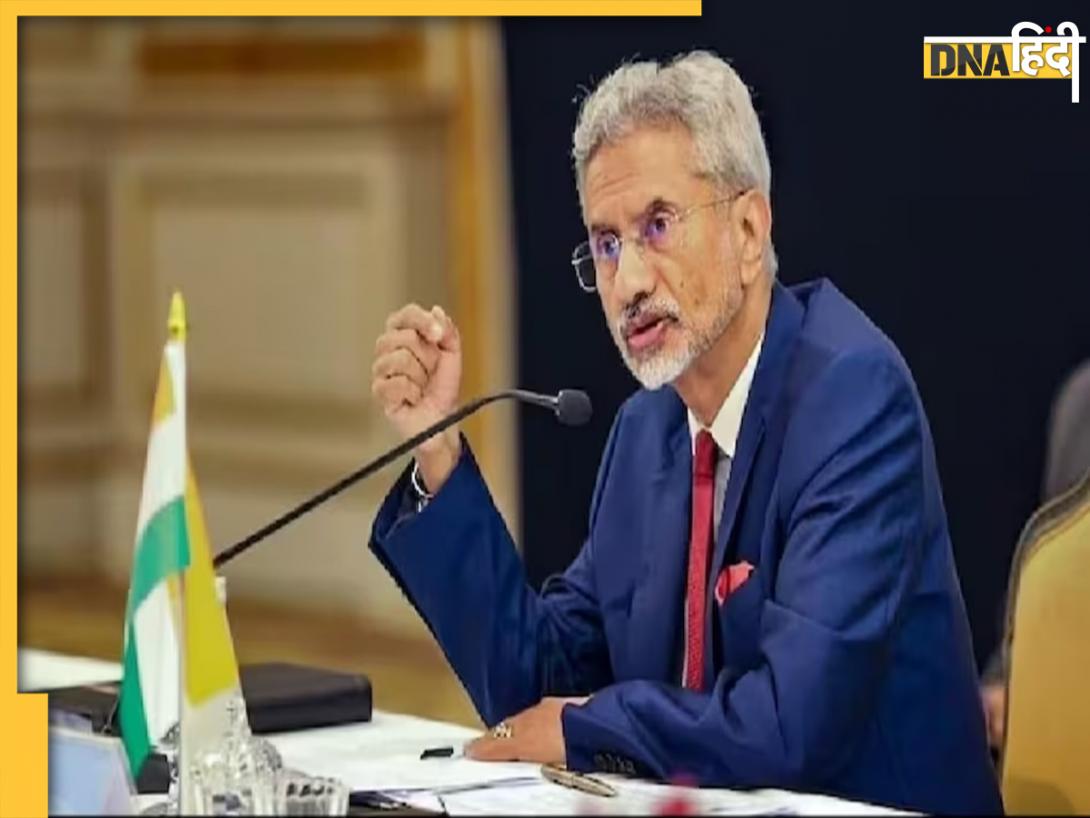

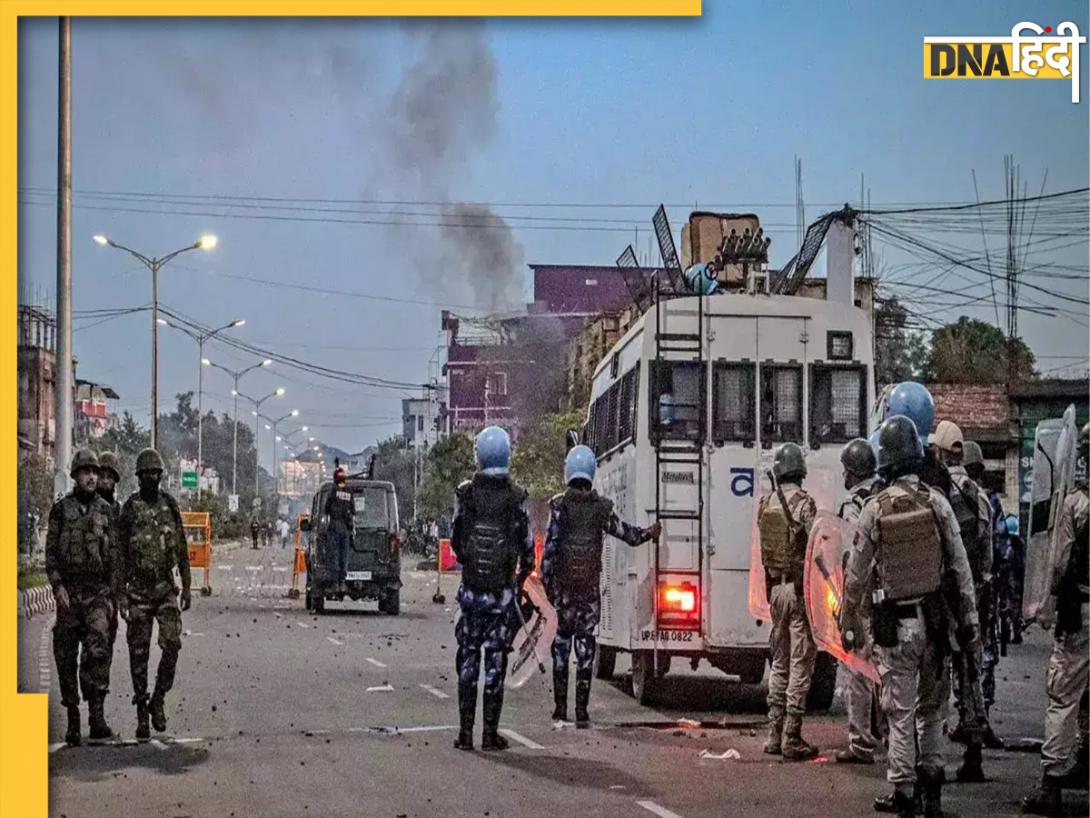




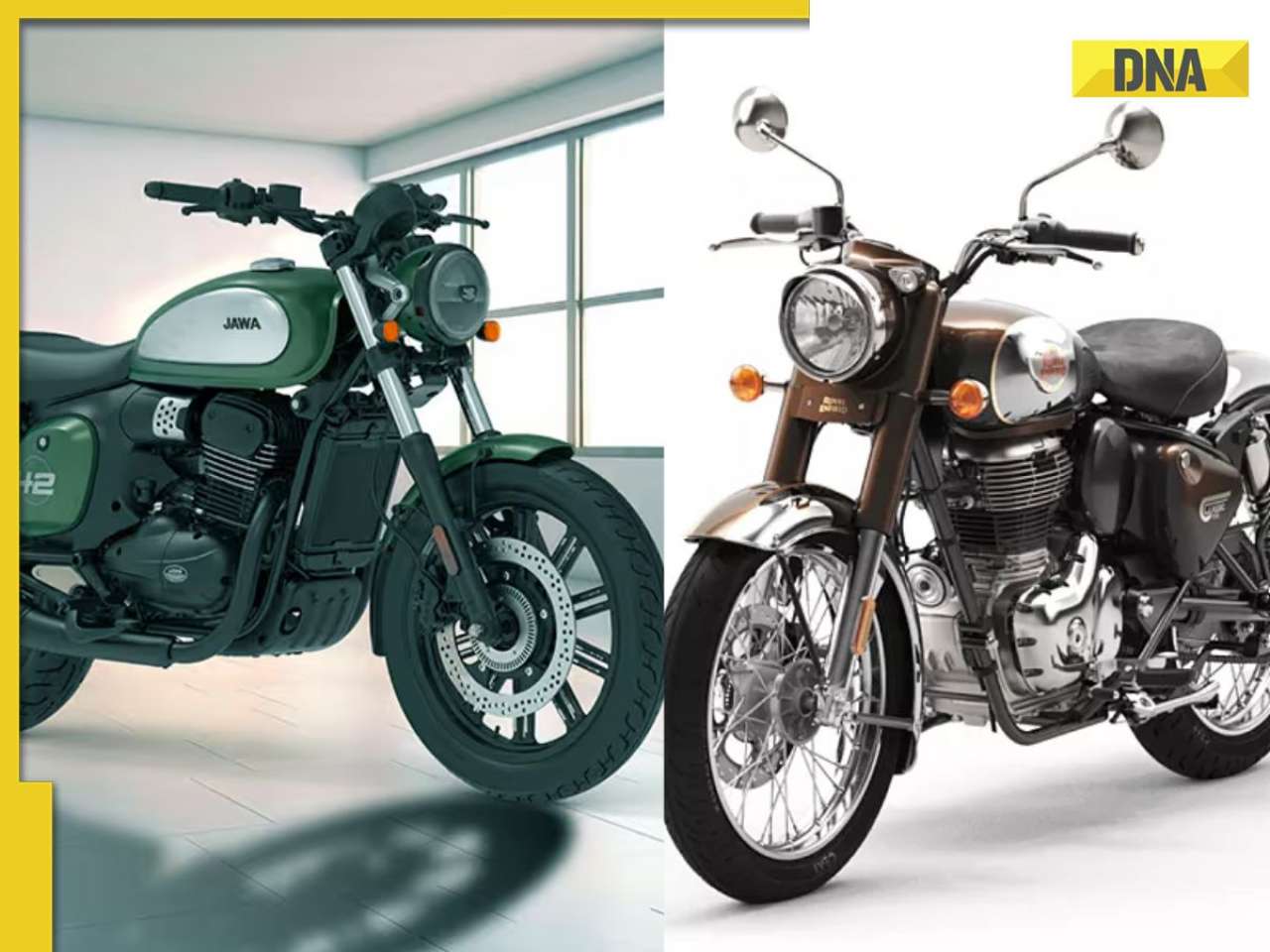
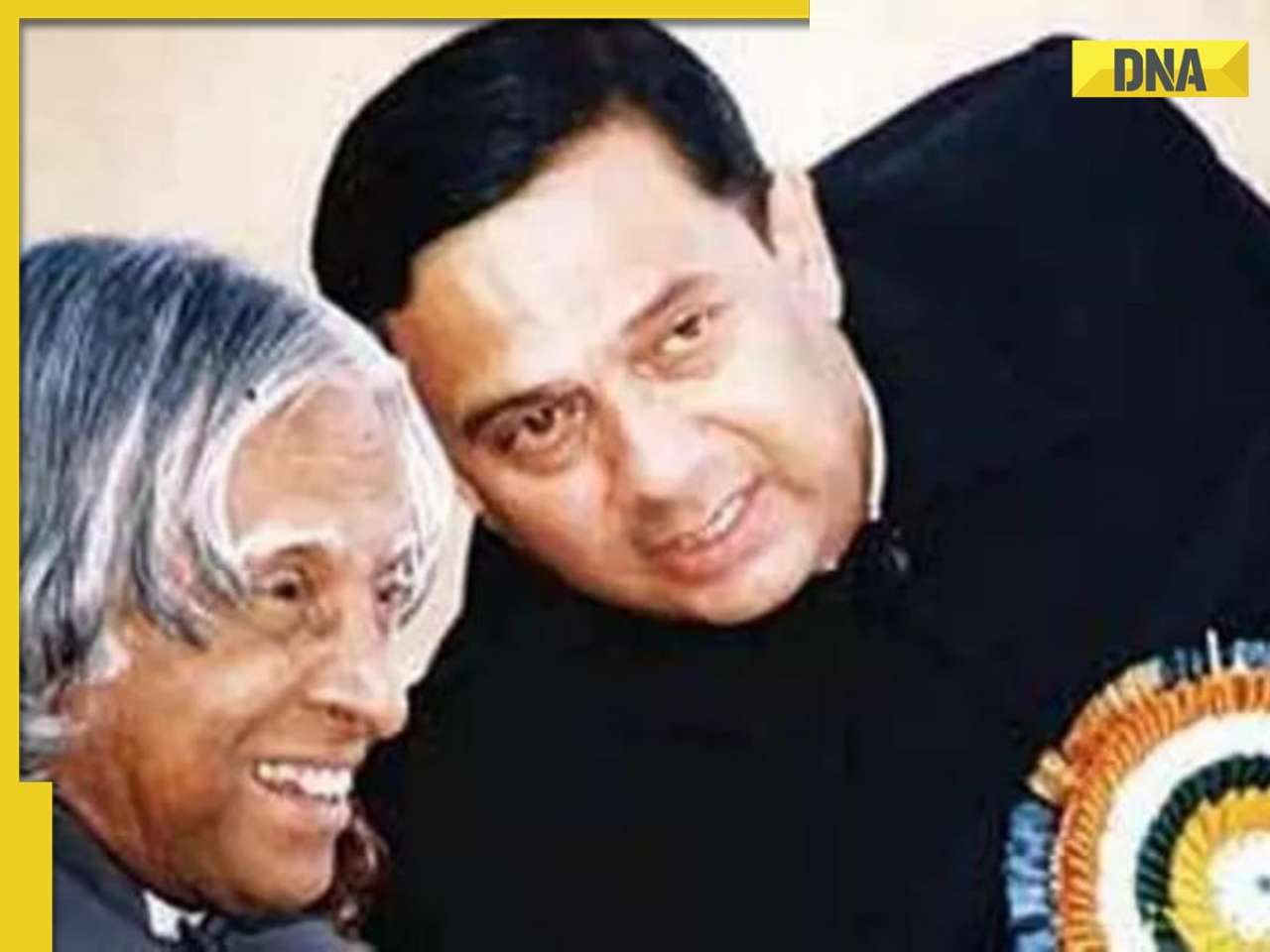
















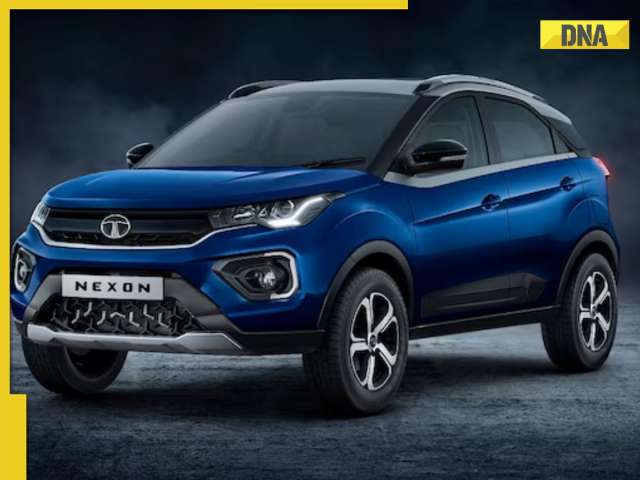


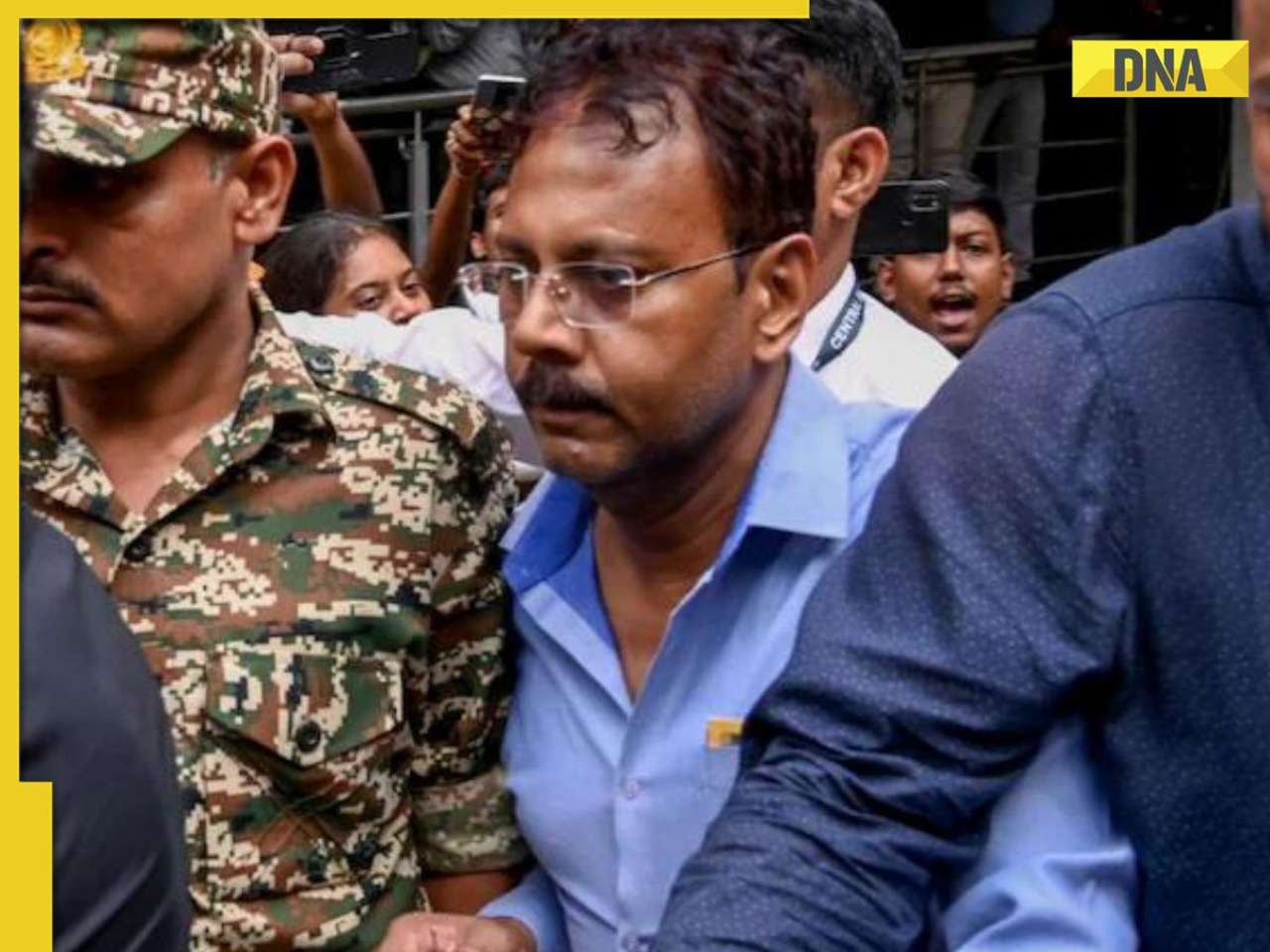

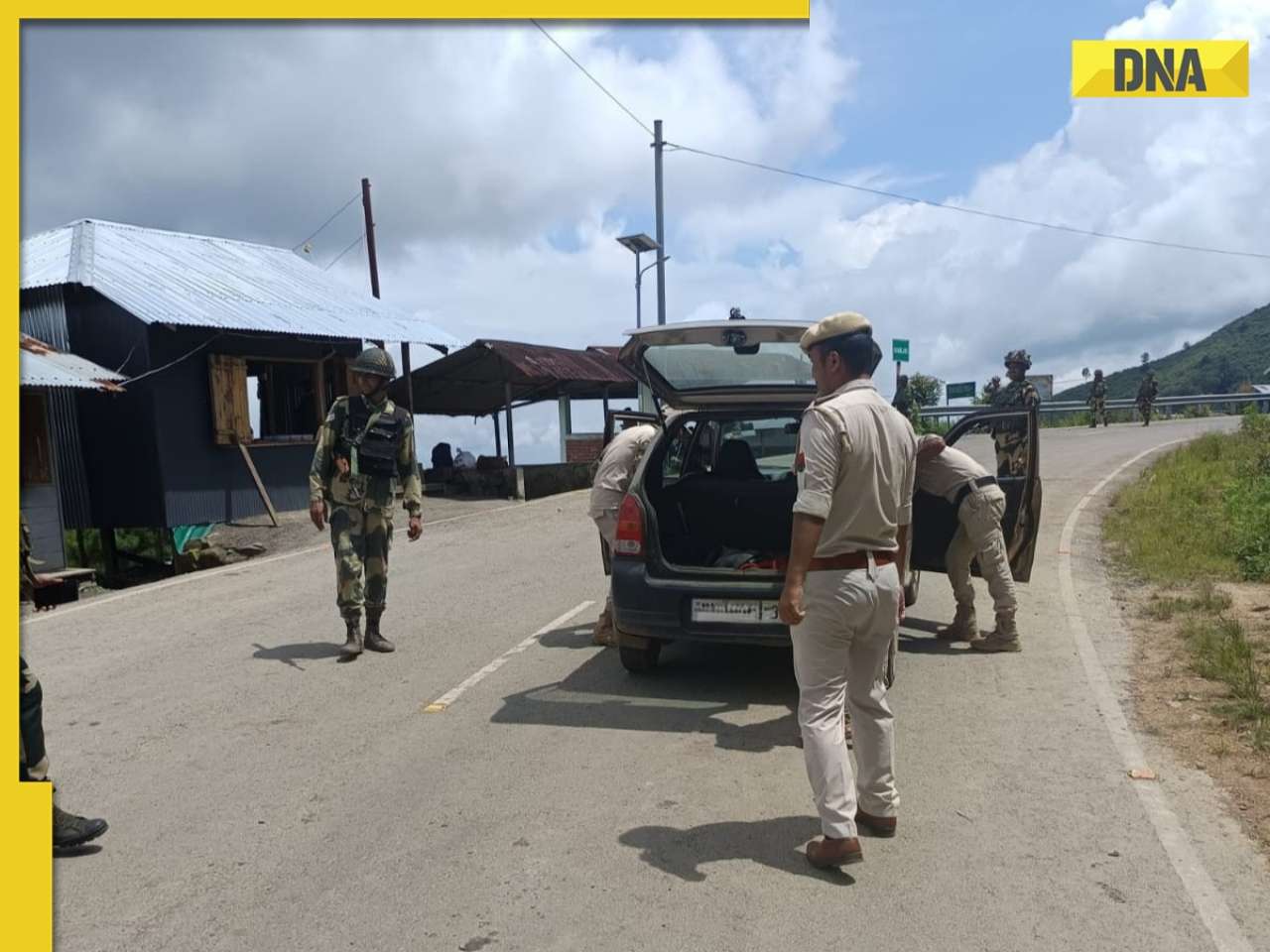

)
)
)
)
)
)
)
)
)
)
)
)
)
)
)





)
)
)
)
)
)